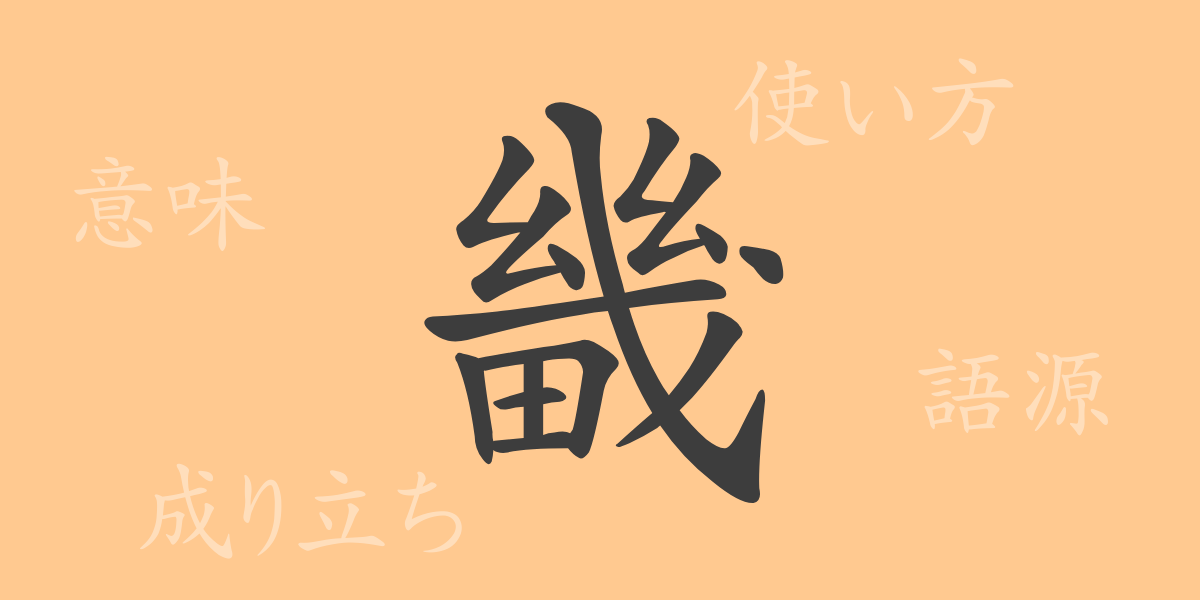The meanings embedded in a single kanji character are deeply rooted in its form and history. One of the Japanese common-use kanji, “畿” (ki), although not frequently used, represents important concepts related to ancient Japanese culture and geography. This article provides an in-depth explanation of the origins, meanings, usage, readings, and related idioms of “畿” (ki), uncovering the charm and application of this kanji.
Origin of the Kanji “畿” (語源)
To explore the origin of the kanji “畿” (ki), we must trace back to ancient Chinese literature. In ancient China, “畿” was used to refer to regions surrounding the capital. Its etymology is thought to be related to the term “畿内” (kinai), referring to the area within a radius of approximately 500 kilometers from the royal capital. This range denoted the extent of the king’s influence, indicating politically significant regions.
Meaning and Usage of “畿” (ki)
In contemporary usage, “畿” (ki) primarily means “surrounding the capital” or “vicinity of the royal capital.” In Japan, it is especially known as an alternative name for Kyoto Prefecture, with the “畿” in “近畿地方” (Kinki region) derived from this kanji. Its usage is limited to referring to geographical names and regions. While it is not commonly used in everyday conversation, it appears in historical and cultural contexts.
Reading, Stroke Count, and Radical of “畿” (ki)
The kanji “畿” (ki) has specific readings and structural components.
- Reading: The on-yomi (Chinese reading) is “キ” (ki); there is no kun-yomi (Japanese reading).
- Stroke count: 11 strokes in total.
- Radical: The radical is “田” (ta, meaning rice field).
Idioms, Proverbs, and Expressions Using “畿” (ki)
Idioms and expressions that include “畿” (ki) are mostly related to regions or geography. For example, “近畿” (Kinki) is the name of a region in Japan, referring to the area centered around Kyoto and Osaka in western Japan. “畿内” (kinai) historically referred to the region surrounding Kyoto and is often used in historical contexts. These idioms are essential for understanding important concepts in Japanese geography and history.
Summary on “畿” (ki)
Although the kanji “畿” (ki) is not frequently used, it plays a crucial role in Japanese geography and history. It means “capital and its surrounding regions,” often used to denote geographical names and areas. The reading is “キ” (ki), with a total of 11 strokes, and the radical is “田” (ta). Learning such kanji is highly beneficial for deepening one’s understanding of the historical and cultural value of the Japanese language.

























